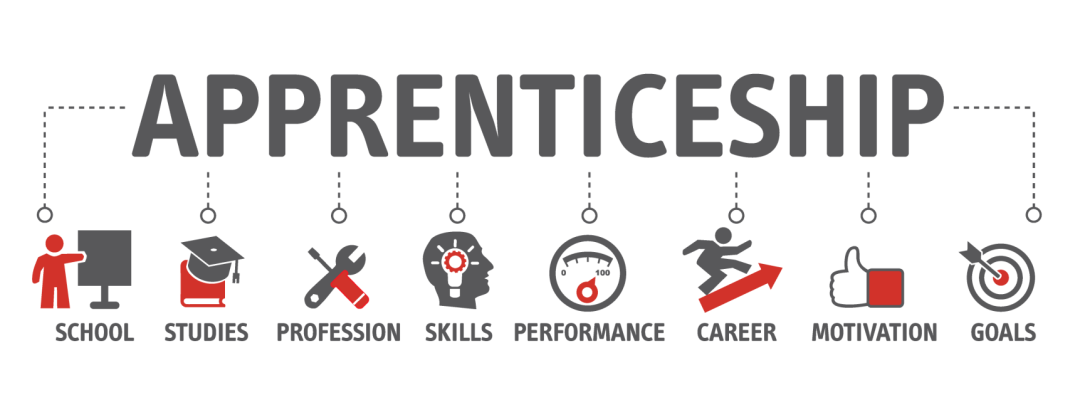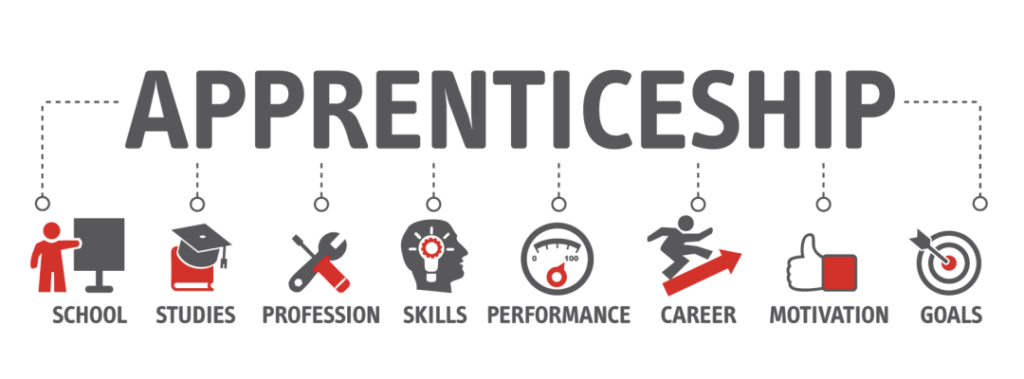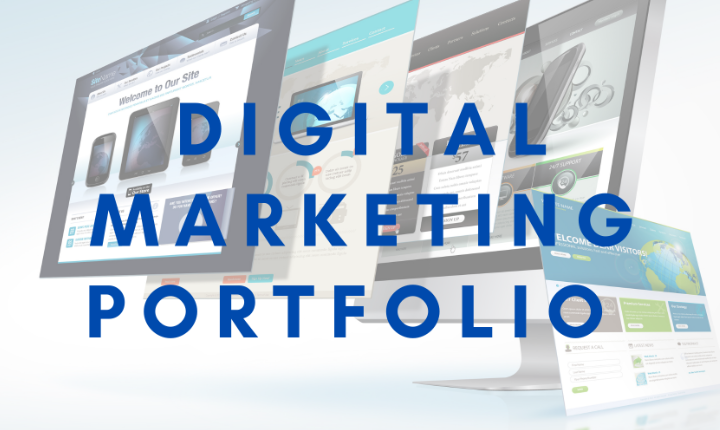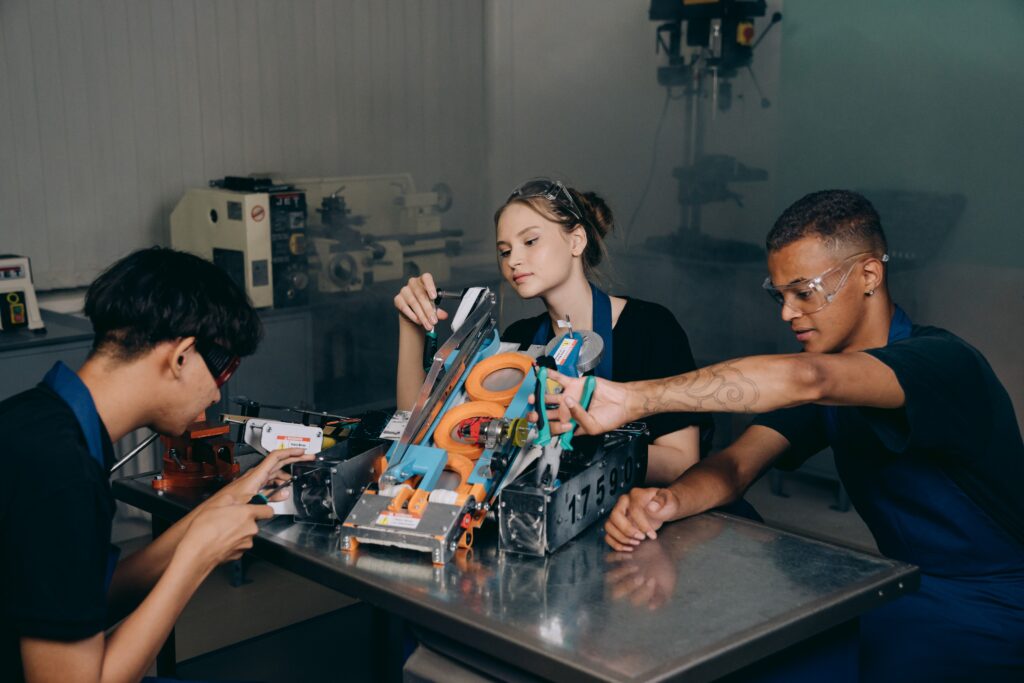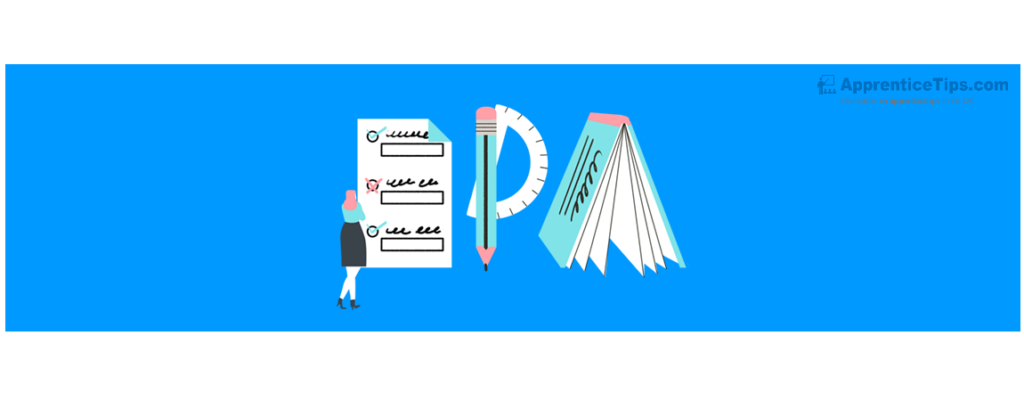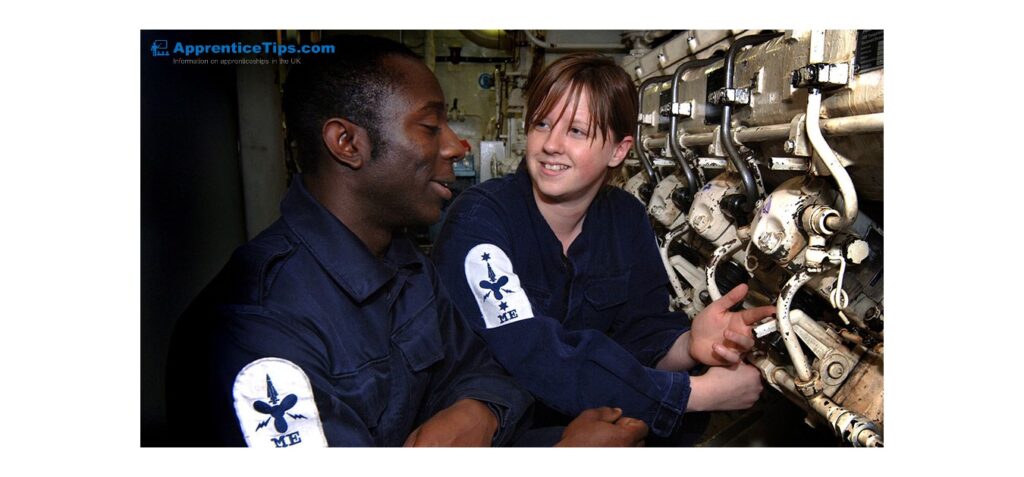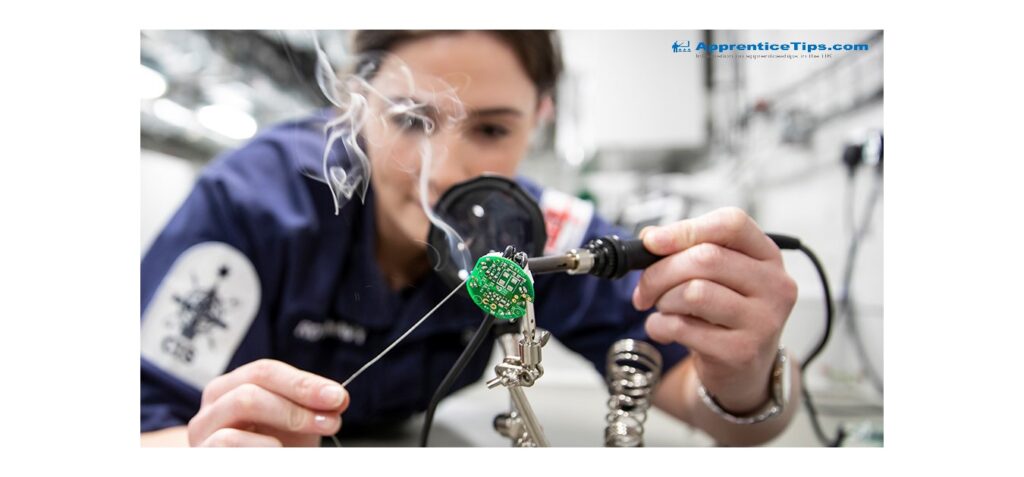A Guide to target audiences for Digital Marketing Apprentices

So you’ve come to the point in your apprenticeship when you have more responsibility for your campaigns and you don’t know where to start. With there being so many components that go into planning campaigns, like creatives, devices, budgets and more, it can be tricky to know what to start planning first. We look no further that this because we’re here to set you up for success.
As a marketer, you want to deliver the right message to the right people at the right time and the right place…
Everyone is not your customer. Not everyone is going to be interested in the product or service you are advertising, which is why is it so important to define your target audience before anything else. In this article, well highlight some of the different way you an segment and identify your target audience.
What is a target audience & Why are they Important?
A target audience is a specific group of users with shared characteristics who are most likely to be interested in the product or service you are advertising. You would typically segment your audience by demographics, geographic, psychographics and behaviors. Below are some examples of each of these segments:
| Demographics | Geographics | Psychographics | Behaviors |
| – Age – Gender – Income – Level of education – Profession / Role in – Company – Marital Status | – Language – Country – City – Region – Postal Code | – Personality – Traits – Hobbies – Life goals – Values – Beliefs – Lifestyle | – Spending habits – Buying habits – Browsing habits – Interactions with brands – Loyalty to brands |
Defining a clear audience will help you create a message that will appeals to the type of people who are most likely to convert. Consumers want a brand that understands their challenges and provides solutions for them. In turn, this will build a strong relationship between you and your customers. However, in order to do this you will need this to find out more about their needs and challenges…
Empathy Maps
An empathy map is a visualization tool which helps marketers identify and understand their audience’s situations and feelings. Empathy is a common synonym to “being in someone else’s shoes” and is a key skill for marketers to have, as it allows them to take on their customers perspectives.
Empathy maps vary in size, but all of them should include the following four points
- Say & Do – What the customer says about a product or brand. How do they interact on the internet… do they use social media? What actions and behaviors have / do they adopt and how do they interact with products and brands.
- Think & Feel – What do they think about when they interact with a product? What occupies their thoughts and what matters to them? How do they feel when interacting with a brand? What do they get excited about and what worries them?
- Hear – Who and what influences them and where do they find this? Celebrities? Social Media influencers? Their friends and family?
- See – What do they see, day to day, in the environment they are in? What does this environment look like? What type of people or products are around them?
Below is an example of an empathy map, and some questions you can consider when creating one…
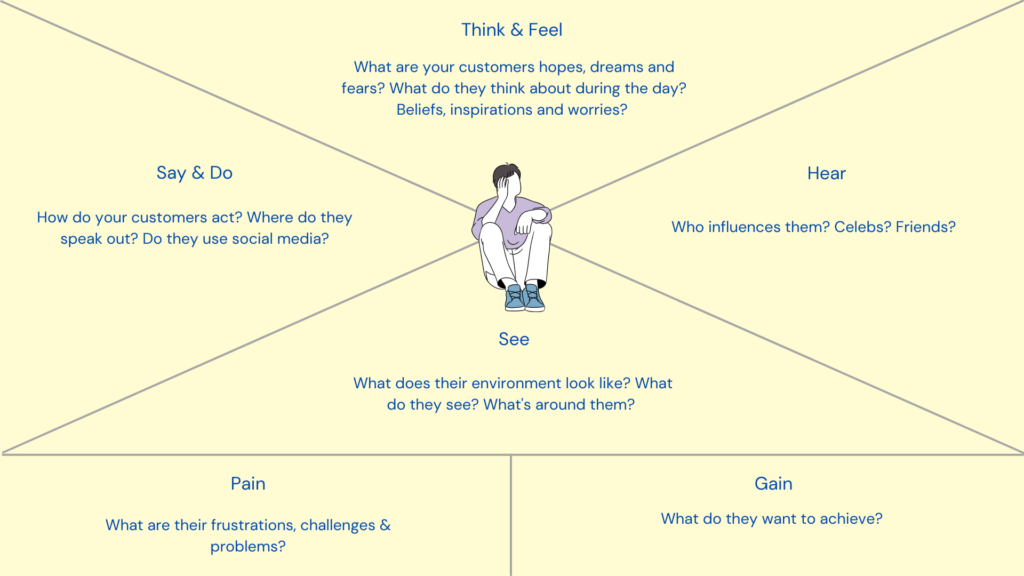
By producing an empathy map, you gain an understanding of your customers needs and wants. As you identify what you know about your audience, place it on an empathy map to gain a more holistic view of the users world.
Empathy maps serve as a foundation to another method of audience planning, which is more personal and involves thinking about a particular user in your audience. Customer personas represent a real person in your audience and have more human characteristics like name, age, motivations, personality, age and interest.
Customer Personas
Remember having an imaginary friend when you were a child? Marketers have them too, but in this case, they’re called customer or audience personas and they are an especially helpful too when defining your target audience. Customer personas remind you to put your audience’s wants and needs before the businesses’. As a result of this, you’ll be able to create better content that will appeal to the people you’re trying to target.
Customer personas are brief documents that encapsulate data about your target audience. They allow you to:
- Build empathy for your customers and evaluate messaging from their perspective.
- Give data context and a human face.
- Help your business have a shared understanding which will help in decision making.
Take a look at this example of what a customer persona might look like and what questions you can ask yourself when creating one.
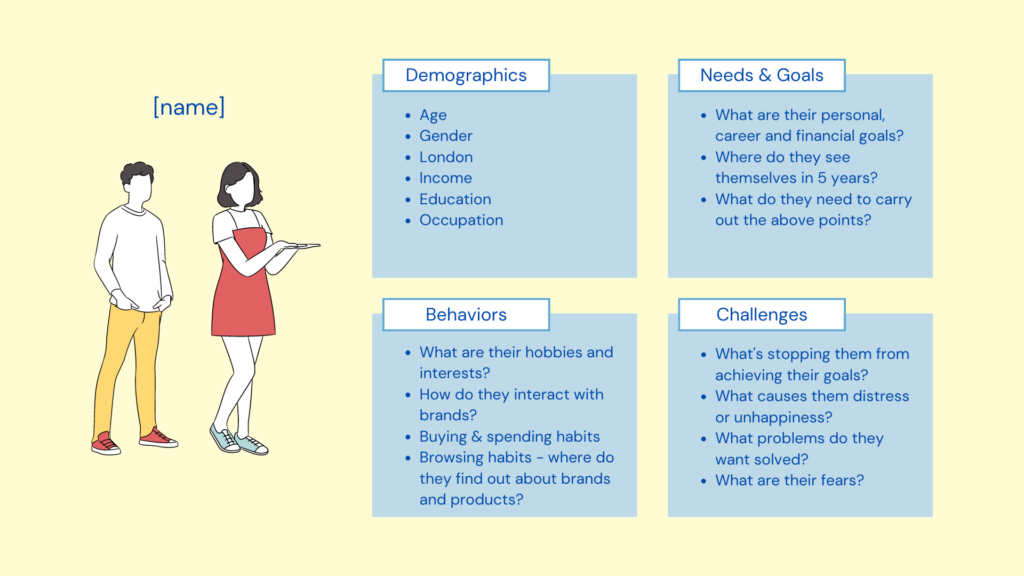
Some important things to note:
- Don’t use gender unless it is consistently true for the customer or unrelated to why the persona would want your product/service. For example, if you’re promoting a Football brand, don’t specify your persona as a male because woman can enjoy football too.
- Keep it simple.
- Consider if a name and photo is actually helpful or weather it creates a bias.
- Use real customer research and quotes.
- Don’t make things up.
Conclusion
Having the responsibility of planning a campaign when you’re still new to the advertising industry can be scary. One of the most important components of any campaign is the target audience. If you target too broad of an audience, then you run the risk of wasting money on impressions from users who will not be interested in your brand / product. By defining a clear target audience, you can ensure that your advertising is being see by users who are the most likely to want you product and convert, which is what advertising is all about!
To learn more about digital marketing and digital marketing apprenticeship tips and advice, check out our other blog posts by clicking here.


